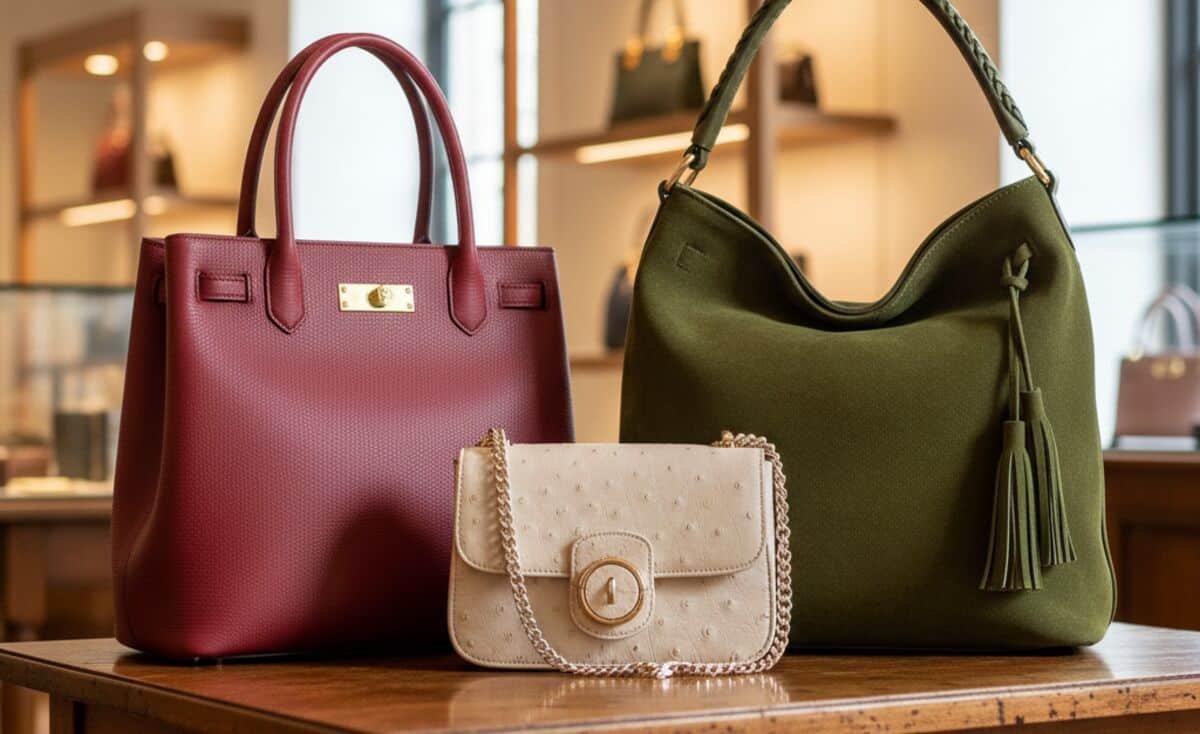Teddy Blake started as a question: why do so many luxury handbags cost so much more than their materials and craftsmanship justify? The brand’s answer is practical and a little bold — cut out the middlemen, keep production where the skill is, and invite buyers to pay for craftsmanship rather than decades of marketing and trademark premiums.
Built in Italy, sold more honestly
Teddy Blake emphasizes that its bags are made in Italy by workshops with real leatherworking experience. That matters. Italian ateliers still possess stitch-by-stitch know-how that changes a bag from a commodity into something that feels durable, lived-in, and worth using for years. Teddy Blake’s model leans on those ateliers instead of licensing fees or flashy boutiques, which helps reduce costs without turning quality into an afterthought.
Where the savings actually come from
There are a few levers Teddy Blake pulls to keep prices fair. First, they avoid massive ad budgets and celebrity licensing deals that can add tens of percent to a product’s price. Second, their direct-to-consumer approach means fewer retail markups, as the bags are sold exclusively online. Third, they design collections that are luxurious in look and material but don’t carry the inflated premium of long-established fashion houses. The result: you get a bag that often looks and feels like high luxury for a fraction of what top-tier labels charge.
Does that mean every bag is flawless? Not necessarily. But for many buyers, the trade-off—great leather, solid hardware, thoughtful design at a price that doesn’t cause sticker shock—is worth it.
Design choices that stretch value
Teddy Blake focuses on classic silhouettes and practical features. Think structured totes, sensible crossbodies, and clean lines that age well. That’s purposeful. Trends can make a bag feel dated in a season; classic design keeps the piece relevant for much longer, which in turn improves cost-per-wear. Less waste, more use. That’s fair pricing in practice, not just in marketing copy.
Quality control and transparency
The brand publishes details about 100% genuine Italian leather materials and points to craftsmanship rather than mysterious “luxury” labels. Customers see product pages with leather types, dimensions, and origin notes. Transparency like this reduces guesswork for shoppers and builds trust. It also forces the brand to maintain standards — you can’t claim Italian craftsmanship and then cut corners where it shows.
The verdict for value-seekers
If you want the badge of a long-established couture house, Teddy Blake handbags might not be for you. But if you want well-made, attractive handbags that use good materials and don’t bury their price in hype, it’s a solid option. Many shoppers find the math convincing: pay less up front, get a design that endures, and skip the inflated costs tied to branding rather than build.
Would I buy one? I’d at least try it on. The tactile test matters: feel the leather, check the lining, test the hardware. That will tell you more than any price tag.
Tell us what you think — have you tried Teddy Blake, or are you curious to? Leave a comment below and follow us on Facebook and Instagram for more honest takes on fashion and value.
Before you go, learn how to fix brittle nails after gel; here are 4 expert-backed recovery tips.




1 Comment